When it comes to motorcycle safety, the braking system plays a vital role.
In recent years, disc brakes have revolutionized the motorcycle industry, offering enhanced stopping power and improved control.
This article will delve into the main components of a disc brake system, explain its functioning, explore different types of disc brakes, and present the pros and cons of disc brake motorcycles.
Main Components of a Braking System
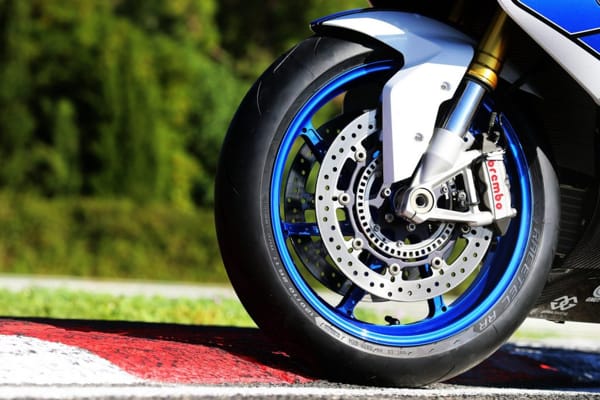
A disc brake system consists of several crucial components. The primary components include the brake lever, brake caliper, brake pads, rotor (disc), and hydraulic lines.
The brake lever serves as the interface between the rider and the braking system, initiating the braking process.
When the lever is squeezed, it activates the hydraulic system, which transfers force to the brake caliper.
How Does a Disc Brake Work?
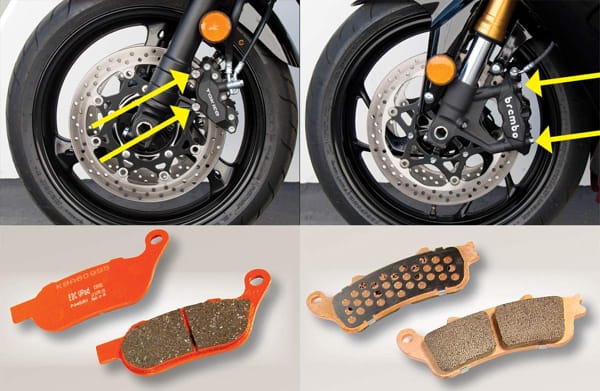
Disc brakes function based on the principle of friction. When the brake lever is squeezed, hydraulic fluid pressure increases, causing the brake caliper pistons to exert force on the brake pads.
The brake pads, made of friction material, come into contact with the rotor, creating immense friction.
This friction converts the kinetic energy of the moving motorcycle into heat energy, resulting in deceleration and eventually stopping the vehicle.
Types of Disc Brakes
There are various types of disc brakes available in the market, catering to different motorcycle applications. The most common types are:
Floating Disc Brakes
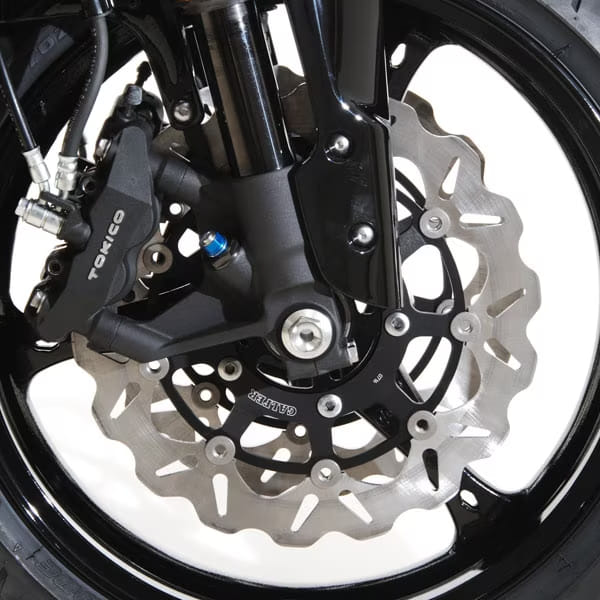
These feature a rotor that is loosely attached to the wheel hub.
This design allows the rotor to move laterally, reducing the chances of warping due to heat and providing better brake modulation.
Vented Disc Brakes
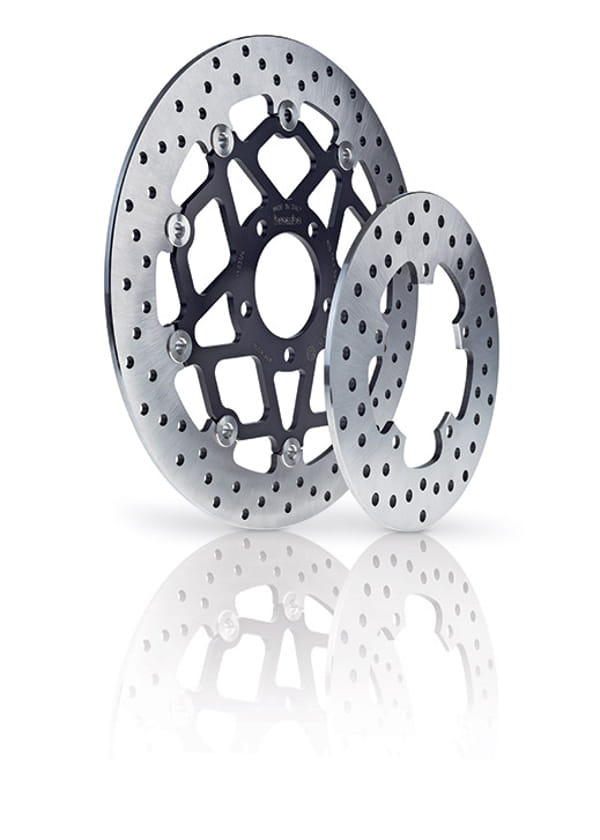
Vented discs have additional vanes between the braking surfaces, which enhance heat dissipation and reduce brake fade during prolonged or aggressive braking.
Drilled Disc Brakes
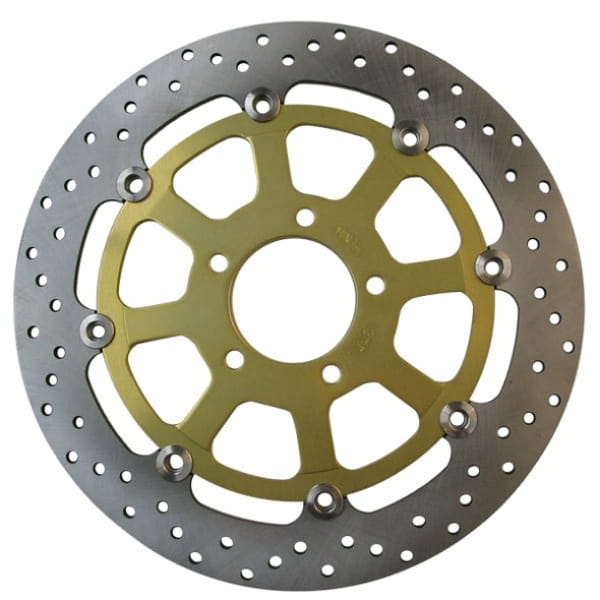
These discs have holes drilled into them to improve heat dissipation and prevent brake fade.
However, they are more prone to cracking under extreme stress.
Pros and Cons of Disc Brake Motorcycles
| Pros | Cons |
|---|---|
| Superior stopping power | Higher cost compared to drum brakes |
| Shorter stopping distances | Increased complexity for maintenance |
| Improved heat dissipation | Potential for rotor warping under extreme heat |
| Better performance in wet conditions | Increased weight due to additional components |
| Ease of maintenance and pad replacement | |
| Greater longevity compared to drum brakes |
Conclusion
Disc brake motorcycles have revolutionized the braking systems in the motorcycle industry.
With their superior stopping power, improved heat dissipation, and overall performance advantages, they provide riders with enhanced safety and control.
While disc brakes may come with a higher price tag and require technical expertise for maintenance, their benefits outweigh the drawbacks.
As technology continues to advance, we can expect further improvements in disc brake systems, ensuring safer rides for motorcycle enthusiasts worldwide.
Originally posted 2023-06-23 00:28:00.
